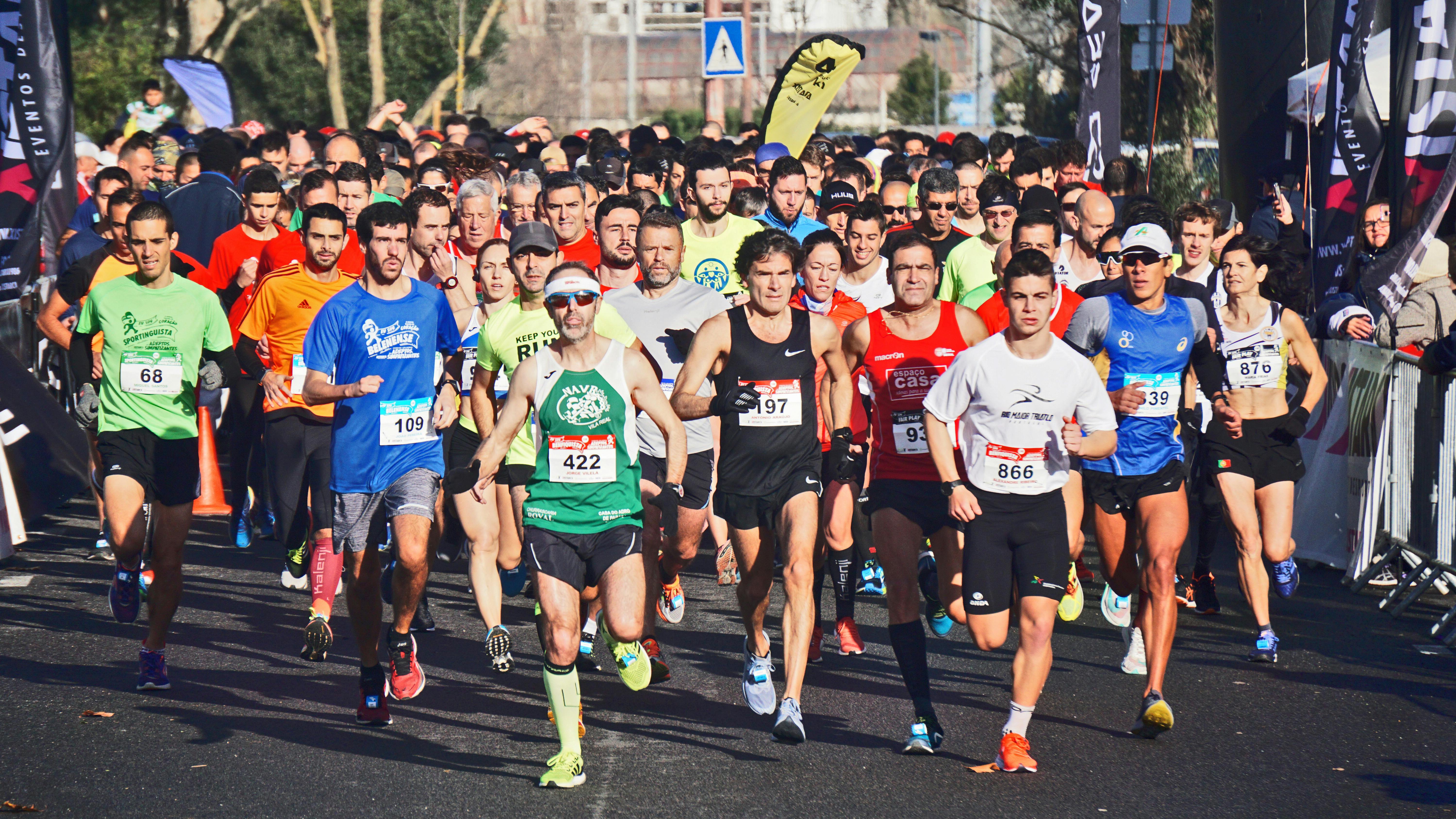Advanced Running Guides
Specialized training strategies and advanced techniques for experienced runners targeting breakthrough performances.

Marathon Guide
Comprehensive training approach for runners ready to take on their first marathon with confidence and proper preparation.
Read Guide →
The 16-Week BQ Blueprint
Specialized marathon training plan designed specifically for Boston Marathon qualification.
Read Guide →
Marathon Peak Performance
Advanced periodization techniques for marathon runners targeting sub-3:00 finishing times.
Read Guide →
Ultra-marathon Guide
Training approaches for marathon finishers ready to take on the unique challenges of ultra-distances.
Read Guide →
Lactate Threshold Optimization
Advanced interval protocols designed to shift and improve your lactate threshold for marathon breakthroughs.
Read Guide →
The Ultra Mindset
Mental training techniques from elite 100-mile finishers to develop the psychological skills for ultra-success.
Read Guide →
Ultra Trail Technique Mastery
Biomechanics optimization for mountain, desert, and technical terrain to improve efficiency and reduce injury risk.
Read Guide →
Heat Acclimation Protocols
Science-based strategies for adapting to hot conditions ahead of marathon and ultra races in challenging climates.
Read Guide →
Data-Driven Training
Advanced metrics analysis approaches to optimize training decisions and maximize endurance performance.
Read Guide →
Race-Day Fueling Science
Marathon and ultra nutrition strategies that go beyond the basics for optimized performance over long distances.
Read Guide →
Recovery for High-Mileage Athletes
Comprehensive systems approach to supporting runners maintaining 70+ mile training weeks.
Read Guide →
Multi-Race Seasons
Programming and recovery strategies for athletes targeting multiple marathon and ultra events in a single season.
Read Guide →
